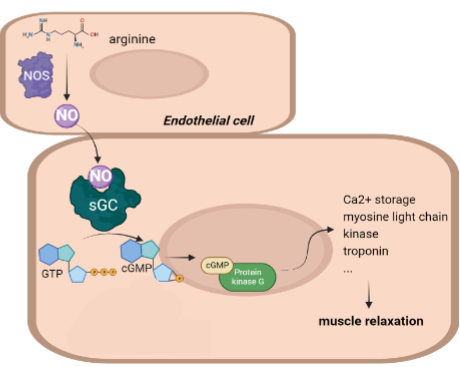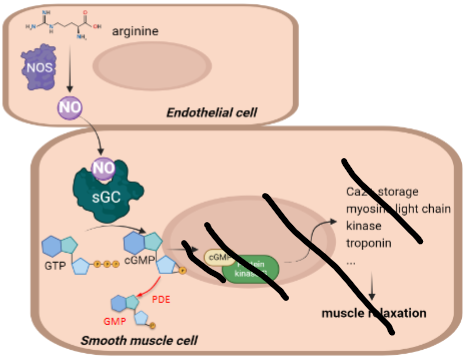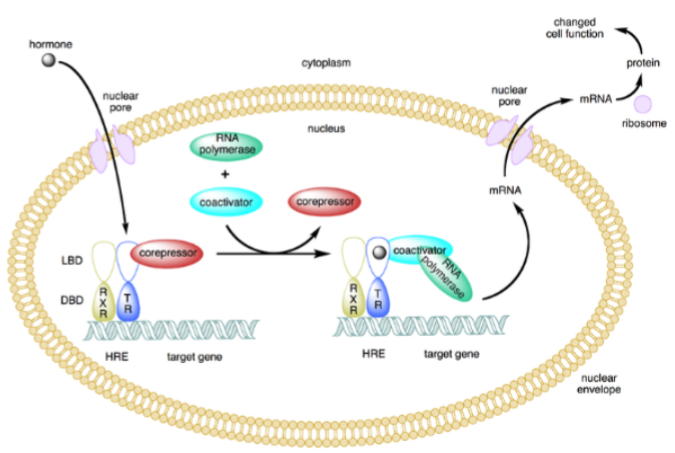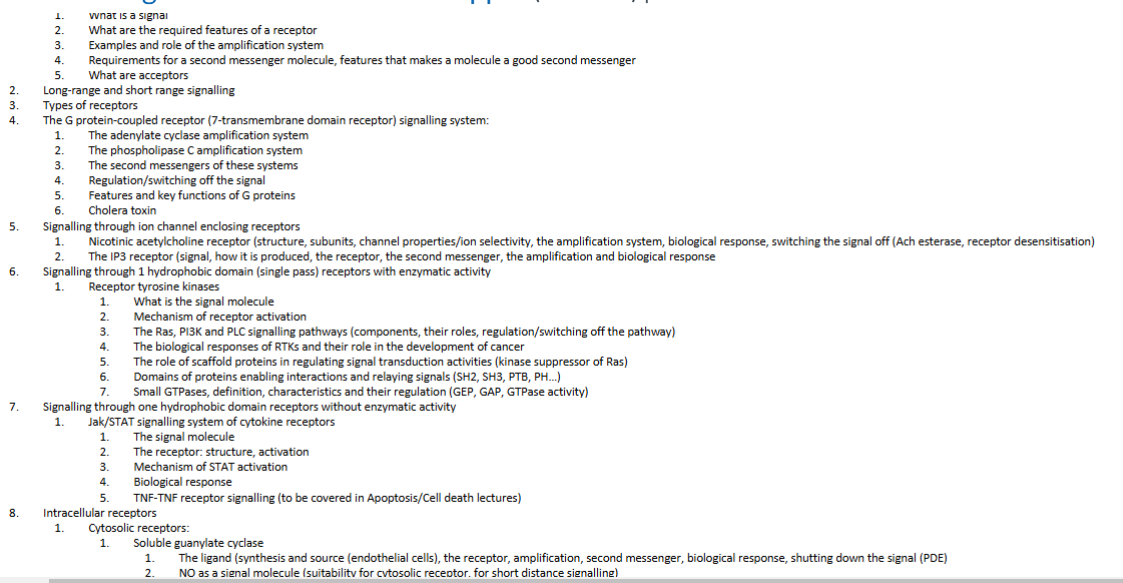Signal Transduction 4
1/32
There's no tags or description
Looks like no tags are added yet.
Name | Mastery | Learn | Test | Matching | Spaced |
|---|
No study sessions yet.
33 Terms
What are the four major types of membrane-bound receptors
Ion channel–enclosing receptors
7-transmembrane (GPCRs)
1 Hydrophobic domain Single-pass receptors with enzymatic activity (e.g., RTKs)
1 Hydrophobic domain Single-pass receptors without enzymatic activity (e.g., cytokine receptors → Jak/STAT).
What do cytokines typically induce in target cells
Complex cellular programmes, usually driven by activation of transcriptional programmes.
What does STAT stand for
Signal Transducer and Activator of Transcription.
What does JAK stand for
Janus Kinase.
How does cytokine receptor and RTK signalling overlap
Both can activate:
PI3K pathway
PLC-γ (gamma) pathway
Ras & MAPK (mitogen activated protein kinase) pathway.
What is unique about many cytokines compared to RTKs
They also directly activate STAT transcription factors via the JAK-STAT pathway.
Which receptors regulate angiogenesis
Both cytokine receptors and RTKs
What causes abnormal vascularisation in tumours
Dysregulated signalling by angiogenic factors
How are signal transduction pathways grouped
By the type of receptor:
Membrane-bound receptors (ion channels, GPCRs, RTKs, cytokine receptors)
Cytosolic receptors
Nuclear receptors.
What type of ligands are required for intracellular receptors
Membrane-permeable molecules (steroid hormones, lipophilic vitamins, small molecules like NO and H₂O₂).
What % of marketed drugs target intracellular receptors
About 10–15%.
Give an example of drugs that target intracellular receptors
Steroid drugs.
What type of receptor is the soluble guanylate cyclase receptor
Cytosolic
What is the ligand for soluble guanylate cyclase receptors
Nitric oxide (NO).
How is NO produced in the body
In endothelial cels by nitric oxide synthase (NOS) enzymes from the amino acid arginine.
Physiological functions of NO
Smooth muscle relaxation
Platelet aggregation regulation
Neurotransmission.
Why is NO suitable as a ligand for cytosolic receptors such as cytosolic guanylate cyclase receptors
It is small, lipophilic, and diffuses easily across membranes.
What is the enzymatic activity of cytosolic guanylate cyclase
Converts GTP into cGMP (cyclic GMP)
Where & by what is NO produced
Endothelial cells, neuronal cells, macrophages.
By a group of enzymes called nitric oxide synthases (NOS)
Name 3 types (isoforms) of nitric oxide synthases (NOS)
neuronal NOS (nNOS)
endothelial NOS (eNOS)
inducible NOS (iNOS)
What regulates NO synthesis
Intracellular Ca²⁺ levels (for eNOS, nNOS).
Regulating the synthesis of NOS on gene level (iNOS)
What are the downstream components of sGC signalling
NOS (nitric oxide synthase) produces NO from arginine
NO binds to sGC (soluble guanylate cyclase)
sGC (soluble guanylate cyclase) converts GTP to cGMP
cGMP activates PKG (protein kinase G)
PKG causes smooth muscle relaxation by decreasing intracellular Ca²⁺ & activating myosin light chain phosphatase (MLCP)

What stops the smooth muscle relaxation caused by Soluble guanylate cyclase-induced signalling
PDE degrades cGMP → GMP thereby switching off the signal downstream.

What are the biological effects of cGMP signalling
• Smooth muscle relaxation (vasodilation)
• Inhibition of platelet aggregation
• Modulation of neurotransmission.
What would be the amplification systems for RTKs be
cGMP
PKG
What are nuclear receptors
Transcription factors activated by small, lipophilic ligands.
Examples of Class I nuclear receptors (steroid family)
Progesterone receptor
Oestrogen receptor
Glucocorticoid receptor
Androgen receptor
Mineralocorticoid receptor.
Where are Class I nuclear receptors located when inactive
In the cytosol, bound to heat shock proteins (HSPs).
What happens when a steroid hormone binds to a class I nuclear receptor
HSPs (heat shock proteins) dissociate.
Receptor dimerizes.
It translocates to the nucleus.
In the nucleus it binds to hormone response elements (HREs) on DNA.
Recruits proteins, including RNA polymerase to the NR/DNA complex (NR = nuclear receptor) → transcribes DNA → mRNA → biological response.
Where are Class II nuclear receptors located
Retained in the nucleus, even when no ligand is bound (when it is inactive)
What happens when a ligand binds to a class II nuclear receptor
Corepressor proteins dissociate.
Coactivator proteins are recruited.
Recruits proteins, including RNA polymerase to the NR/DNA complex (NR = nuclear receptor) → transcribes DNA → mRNA → biological response

Examples of Class II nuclear receptors
Retinoic acid receptor
Retinoid X receptor
Thyroid hormone receptor
Vitamin D receptor (VDR)
Peroxisome proliferator-activated receptor (PPAR).
Learning outcomes
also:
Signalling via nuclear receptors
1. The signal (suitability of the signal for nuclear receptor, examples)
2. The receptor (cellular localisation, function (transcription factor), regulation (HSPs,
corepressors)
3. Type 1 vs type 2 pathway
